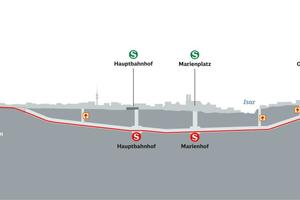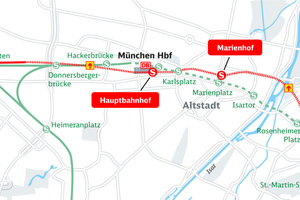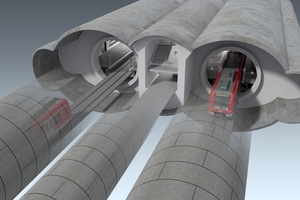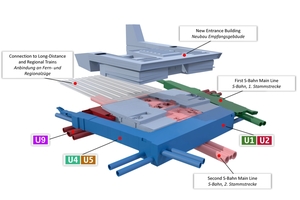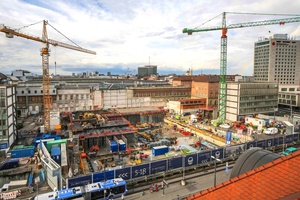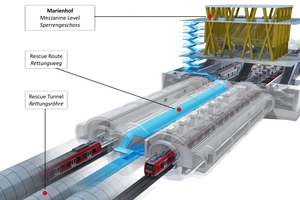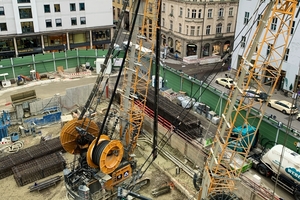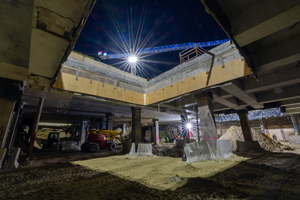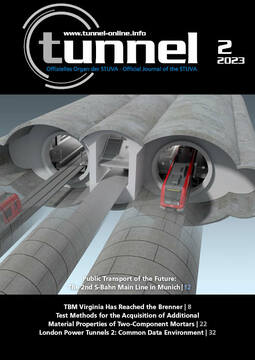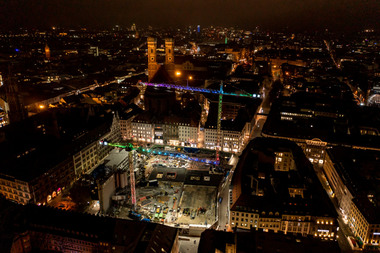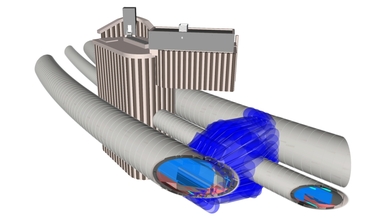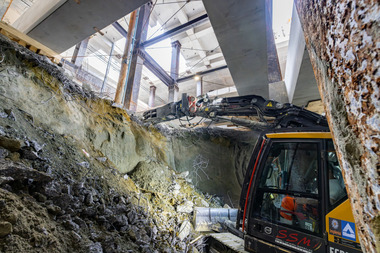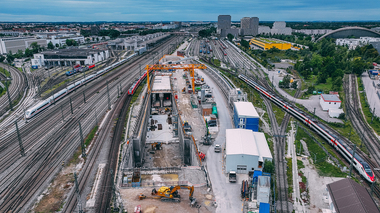Public Transport of the Future: The Second S-Bahn Main Line in Munich
With around 840 000 passengers per day, the Munich S-Bahn is one of the largest public transport systems in Germany. Originally opened in 1972 for the Olympic Games, the 11.3 km long main line has reached its capacity limit, as all S-Bahn trains have to pass under the Munich city centre through a tunnel. A solution is now being provided by the construction of the approximately 10 km long 2nd main line. It is intended to relieve the existing line, serve as a fallback option in case of disruptions and, above all, significantly shorten the travel time from west to east by introducing a new express S-Bahn system. Similar to the existing main line, the core of the new connection is a 7 km long tunnel that starts in the west of Munich in front of the bridge Donnersbergerbrücke, passes through new or rebuilt stations at the main station, Marienhof and Ostbahnhof and is reunited with the main line at Leuchtenbergring.
In the Munich metropolitan region with about 6 million people, the west-east connection via the S-Bahn main line, designed for 250 000 daily users, has long been congested and is the bottleneck in public transport that everyone has to pass. The remedy is to be a second, parallel line with in part newly built stations, the implementation of which is a technical and logistical challenge. The 2nd main line is a project of the Federal State of Bavaria, which is being implemented by the German railway company Deutsche Bahn together with the state capital Munich.
1 Project Overview
The 7 km long...

